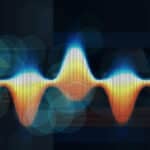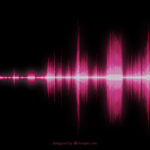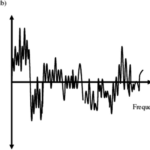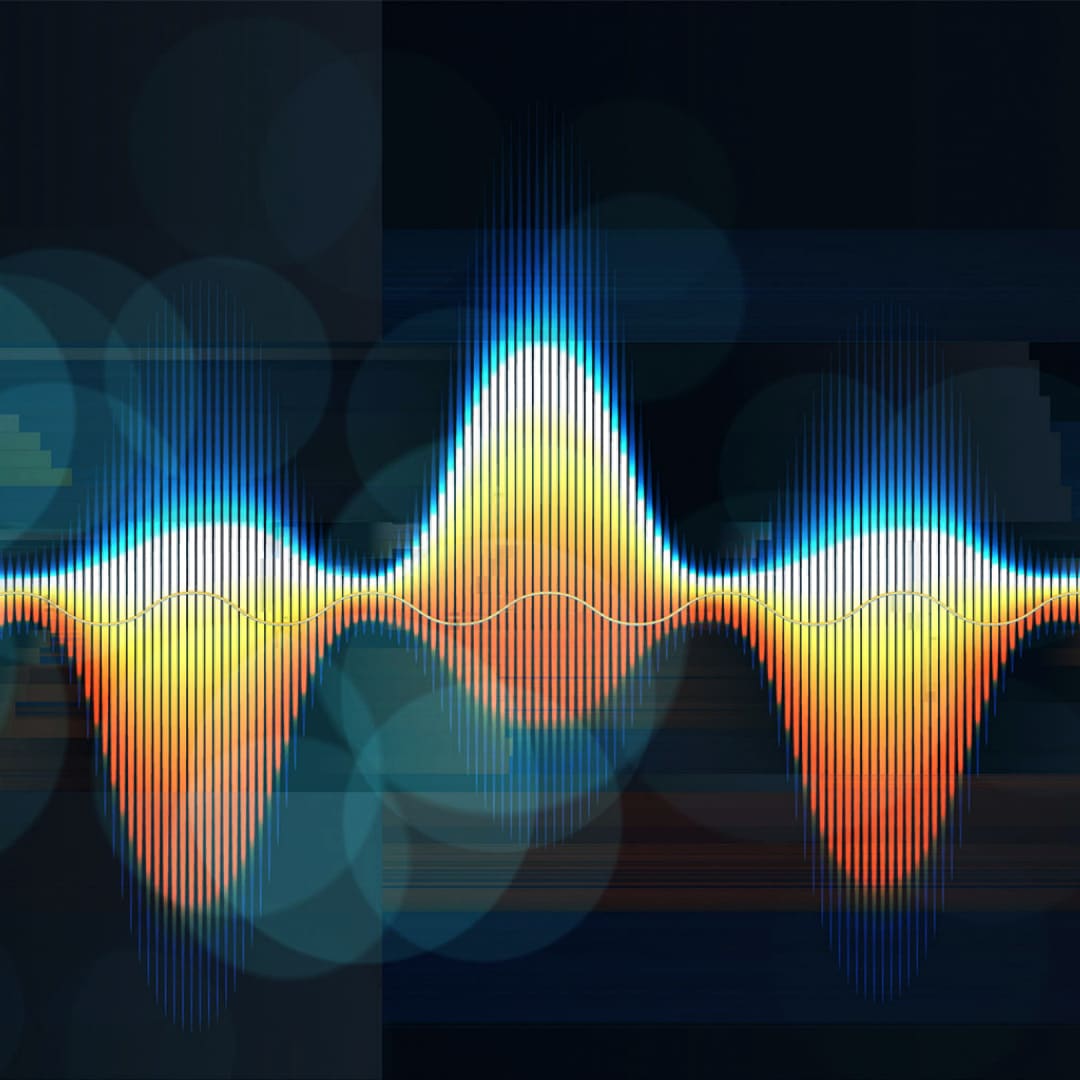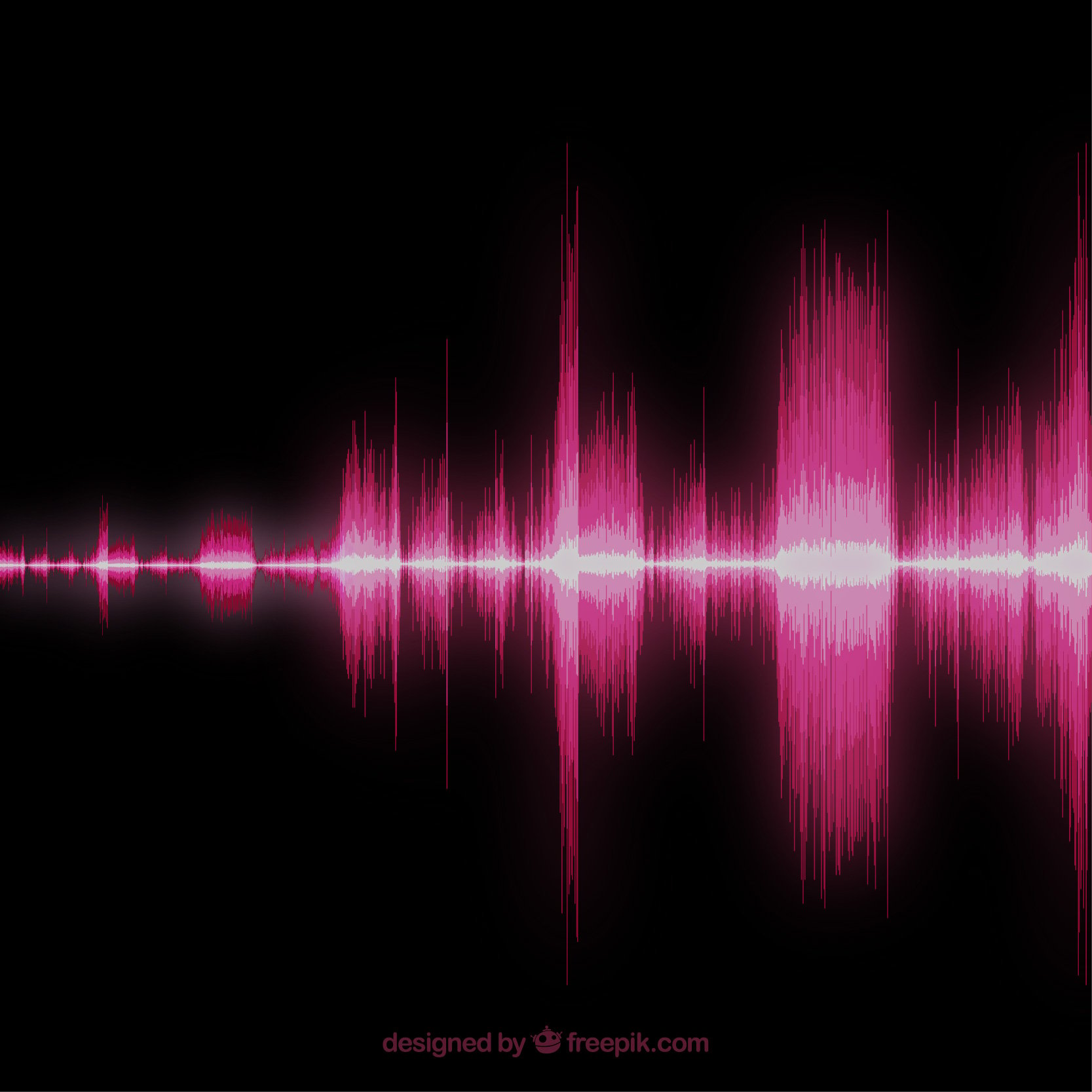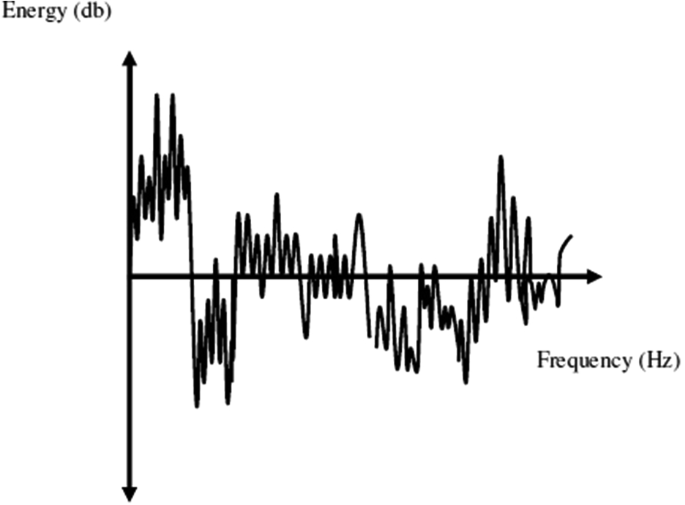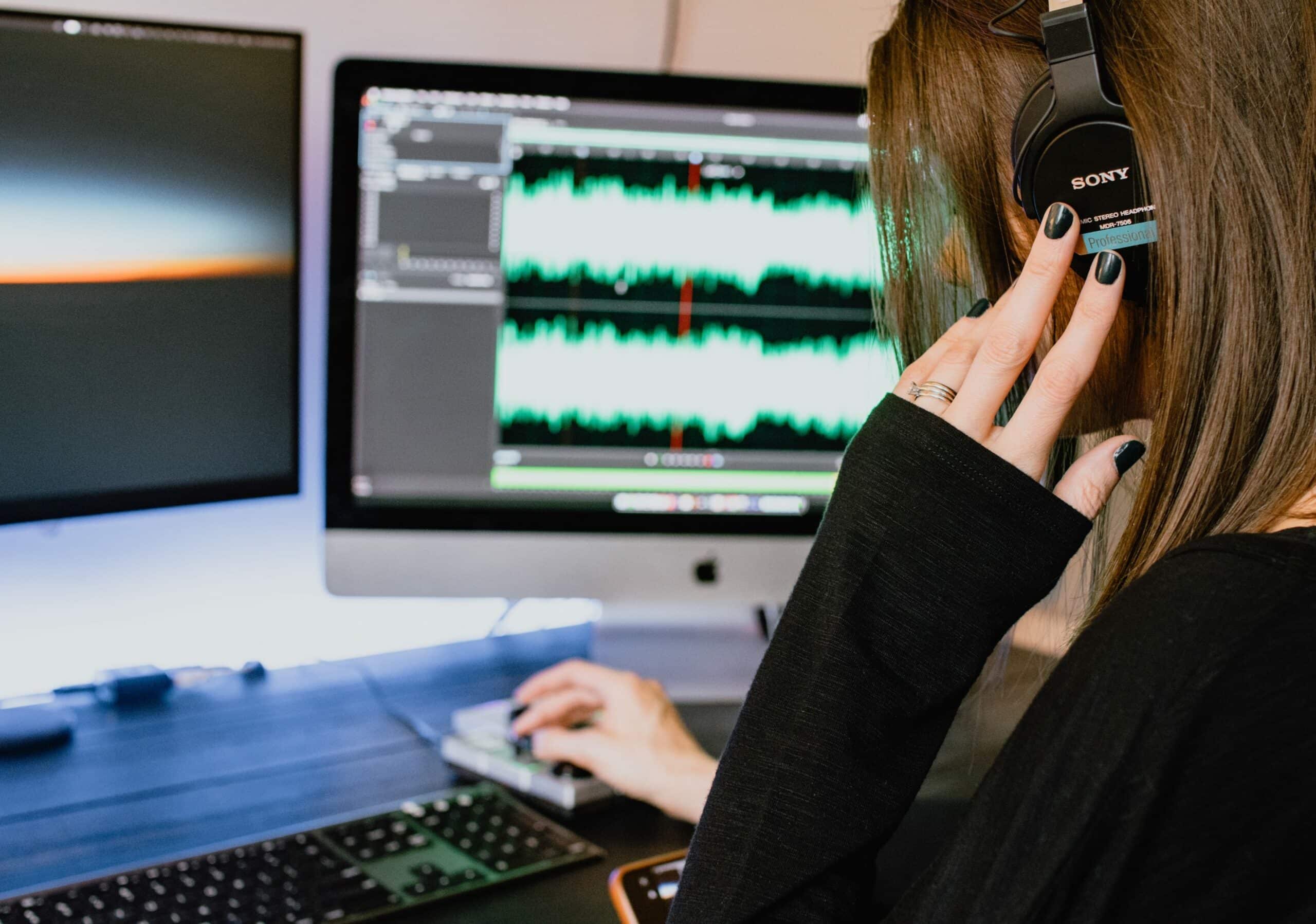We’ve all heard the term “audio forensics” in crime dramas and police procedurals, but what does it really mean and how does it work? It turns out that audio forensics is more than just a Hollywood invention – It’s a specialized form of analysis that can be used to unlock the mysteries behind mysterious recordings, from criminal interrogations and surveillance tapes to audio evidence from military conflicts.
Our team at Media Medic lives and breathes audio enhancement and knows the ins and outs of audio forensics. We will discuss the techniques and tools used by audio forensic specialists and what you should know about this fascinating field.
Quick Recap
Audio forensics is the scientific study of sound recordings which can be used to assist in legal investigations. It can be used to retrieve deleted material, enhance low quality recordings, authenticate evidence, and provide verification of voice identification.
What is Audio Forensics?
Audio forensics is the examination and analysis of recorded audio with the goals of authentication, identification and restoration. It is used to extract information from sound recordings in order to identify speech, uncover hidden messages or alter sound sources. Audio forensic experts help locate noise sources and provide expert opinions during legal proceedings. The field includes methods of audio signal processing, acoustics and psychoacoustics.
The application of audio forensics has been debated for its use as evidence in courts due to its complex science. Some argue that audio forensics should be used judiciously and remains misunderstood in the court system. However, experts disagree and argue that audio forensics can be a useful tool when handled properly by qualified professionals. Even though the evidence presented may not change the outcome of a case, it has potential to uncover valuable information relating to criminal trials or investigations.
No matter what side of the debate one takes, audio forensics is an important and rapidly growing field with uses ranging from crime scene investigation to military intelligence operations. In the following section we will explore how audio forensics is used in investigations to uncover important details related to both criminal and non-criminal cases.
How Audio Forensics is Used in Investigations
In criminal investigations, audio forensics is an important tool used to produce reliable evidence. Audio forensics involves the collection, identification, and analysis of recordings such as telephone conversations or recorded music files. By using frequency filters and other software, experts can often determine if a sound is artificial or natural, identify who is speaking on a recording, and compare sounds from two different recordings.
Audio forensics can be used to analyze all types of recordings, including those found on surveillance videos or cell phones, as well as audio messages that have been sent by criminals. It can also be used to solve mysteries or figure out if individuals are telling the truth on their recordings. Although audio forensics has been around for decades, with advancements in technology it is becoming an increasingly valuable tool in criminal investigations.
However, there are some limitations associated with audio forensic evidence. Because sound waves can easily degrade over time and environmental factors can contribute to its accuracy, this type of evidence is often not as reliable as other forms of digital evidence such as photos or videos. Furthermore, if the audio is recorded through an unreliable source such as a cell phone microphone or audio recorder, then the accuracy and reliability of the evidence may be further compromised.
Regardless of these drawbacks, audio forensics still remains a powerful tool when it comes to building a criminal case – provided that proper procedures are followed during the capturing and recording process. As we will explore in the next section, it is crucial for investigators to take special care when capturing and recording sounds in order to ensure that the evidence will remain valid in court.
- Audio forensics is a professional field that analyzes sound recordings and other audio evidence in order to answer legal questions and provide critical insights into criminal cases.
- According to the International Association of Sound and Audiovisual Archives, there is a growing demand for forensic audio analysis in criminal investigations.
- A 2018 report found that between 75%-85% of U.S. court cases involve at least some form of audio evidence.
Capturing and Recording Sounds
When it comes to audio forensics, capturing sound is a critical first step. Audio experts use specialized equipment to record sound from various sources and environments. This includes listening devices like parabolic microphones which allow them to capture sound from long distances. They also use specialty recording devices that can pick up underwater noise and low-pitched frequencies that the human ear cannot hear.
The main challenge for audio forensic analysts is to make sure the captured sound is of good quality. If a recording isn’t clear and has elements of background noise or interference, it can be hard to analyze or accurately interpret what is being heard. To improve the quality of sound recordings, analysts must familiarize themselves with radio signal technology and best practices when it comes to noise reduction.
The debate over capturing and recording sound centers around the tradeoff between higher quality recordings and privacy considerations. On one hand, high-quality recordings can provide crucial evidence in an investigation by capturing more detail in a given environment. On the other hand, more advanced listening technologies pose potential ethical questions about privacy if individuals aren’t aware that they are being recorded.
Ultimately, audio forensic analysts must make sure recordings are of sufficient quality without infringing on anyone’s privacy rights. With enough experience, they can balance these two considerations in order to yield high-quality recordings that still meet the legal standards of an investigation.
Now that we have explored the ins and outs of capturing and recording sounds, we can move on to discuss analyzing audio evidence in the following section.
Analyzing Audio Evidence
Analyzing audio evidence involves the utilization of various technologies to assess the content of an audio file. It requires careful evaluation of various components like pitch, loudness, and frequency. Audio analysts strive to make accurate judgments based on their findings and must be cognizant that errors in perceptually interpreting an audio record can have serious legal implications.
In some cases, analysts will look for the presence or absence of certain sounds in order to prove a given fact or construct an argument related to the case. For example, in a criminal investigation, audio analysis may be used to identify particular words spoken by a suspect, or they could search for a phrase being repeated by someone on the recording. Analysts also use sound pressure level (SPL) meters to measure and verify the accuracy of evidence presented in court as part of a criminal case.
In other scenarios, audio analysts will attempt to find correlations between two pieces of evidence which could further a plaintiff’s argument. This kind of analysis might include searching incoming calls for duplicate tones or patterns which link two recordings together and suggest they are related. Furthermore, they may look at certain changes in recorded audio from one circumstance to another in order to show how a particular event was handled.
Of course, it is important to remember that subjective interpretations can often hamper an analyst’s ability to confidently draw conclusions about what has been said on record. As such, it is essential for clients hiring these professionals to have confidence in their ability before tasking them with any significant forensic work. In this way, all parties involved can ensure produced results are based on objectivity rather than bias.
The process of audio forensics involves meticulous scrutiny and active participation by everyone involved in order to obtain genuine results that are scientifically sound and comply with relevant laws and regulations. Let us now take a closer look at the process itself.
Process of Audio Forensics
Audio forensics is the process of using scientific methods to capture, analyze and document audio evidence in legal proceedings. It enables professionals such as law enforcement officers and private investigators to uncover hidden clues and further investigations by providing information from audio evidence. The process of audio forensics involves several steps that must be taken in order to successfully evaluate an audio file for use as evidence.
The first step in the process is to collect the source audio recordings. This requires careful handling of the equipment used to capture the original sound, as any damage to the source recording could potentially affect the accuracy of any subsequent analysis. Professionals must also consider recording parameters such as sample rates and bit-depth, as these will affect how much detail can be captured from the sound.
Once all of the recordings have been effectively captured, they will need to be examined using a variety of signal processing techniques. These may include filtering to remove background noise, equalization to regulate frequencies and spectral analysis which identifies amplitude levels over time. All of this careful manipulation is done with the intention of enhancing the clarity of the source recordings so that any existing information or clues can be better identified.
In some cases, audio enhancement may not be sufficient in order to identify meaningful information from a recording. In these cases, more sophisticated processes such as speaker identification or forensic voice stress analysis may need to be employed in order to gain a deeper understanding of what is being said on a recording. Each technique has unique strengths and weaknesses and carries varying levels of acceptance within certain jurisdictions around the world.
The final step in the audio forensics process is archiving and preservation. This allows for future replication and evaluation should it become necessary. The exact details required for archiving depend on local laws but can provide an essential piece of evidence during legal proceedings if managed correctly.
In conclusion, audio forensics presents professionals with an intricate but necessary series of tasks which must be carefully considered in order for evidence extracted from sound recordings to be reliable in court proceedings. By understanding each stage of the process including collecting suitable recorded material, performing signal processing techniques, engaging optional forensic technology and preserving archives meticulously, professionals are able to unlock secrets contained within sound recordings that would otherwise remain unknown. This leads us into our next section where we will look at signal processing in greater detail…
Signal Processing
Signal processing is a crucial component of audio forensics. This step seeks to remove any irrelevant background sounds, such as stressors or echoes, so that the focus is always on the targeted sound. As with most forensics branches, it is important for this stage to prioritize accuracy over speed by always striving for the highest quality recordings possible before further investigation.
Signal processing can be implemented in three ways: analog, digital, and software-based. In analog signal processing, circuitry cleanses out noise from the audio recording. For example, this method may be used to cut out outside noise from car stereos or even conversations held in noisy streets. Digital signal processing (DSP) then takes this noise-free signal and further refines it by automatically adapting to changes in the incoming sound data stream. Lastly, software-based signal processing eliminates background noise through sophisticated algorithms that are designed to follow both natural and unnatural sound patterns. Depending on the complexity of the audio data and type of investigation being conducted, these three methods can be used interchangeably to glean the best possible results.
Given the array of signal processing options available today, analysts have at their disposal powerful tools capable of extracting pristine intelligence from any given recording — regardless of conditions during capture. While there are those who may disagree on certain aspects of its implementation, it remains a vital step for producing audios clear enough for maximum understanding and comprehension during examination or prosecution stages.
Leading into the next section about “Acoustic Analysis”, this article will explore how acoustic science can be used to unlock hidden evidence in even the most challenging audio recordings.
Acoustic Analysis
Acoustic analysis is an important technique employed in audio forensic investigations. Acoustic analysis involves the complex analysis of sound waves to identify patterns, characteristics, and context. This can help uncover important clues about digital recordings or phone conversations, including identifying speech patterns or anomalies caused by background noise. Acoustic analysis is particularly useful for examining audio recordings because it can reveal details about how sound was produced in the original environment that cannot be identified any other way.
Typically, acoustic analysis involves the use of specialized software programs that analyze frequency levels, rhythm, and acoustic filters. This allows investigators to look for certain audio cues and determine if what they hear is genuine or has been tampered with in some way. For example, a skilled acoustician may be able to detect whether a recording has been edited or enhanced based on certain timer markers and signals that are embedded in the recording itself.
There are also acoustic analysis tools available that allow investigators to conduct more detailed and accurate analyses of sounds generated by gunshots or explosions that could help locate the source of the sound. Furthermore, some complex acoustic analysis techniques can even be used to enhance voices in recordings or to reconstruct conversations from just a few seconds of audio fragment.
However, acoustic analysis does come with its own set of limitations such as the possibility of inaccurate results due to overly noisy environments or inconsistent results due to inaccurate reference data. Additionally, only experienced professionals with extensive training in acoustic analysis should attempt these sophisticated techniques as incorrect implementation of these techniques could severely affect the accuracy and validity of results.
The next section will focus on key equipment used in audio forensic investigations. Audio forensics requires special equipment to capture sound accurately and process it according to established protocols and standards. Without the right technology and tools, investigators would not be able to collect evidence that stands up in court, making equipment essential for all audio forensics investigations.
Must-Know Points
Acoustic analysis is a complex process used in audio forensic investigations to study frequency, rhythm and filters in sound waves to identify speech patterns and anomalies. Sophisticated techniques may be used to enhance voices or reconstruct conversations from fragments. However, acoustic analysis can produce inconsistent results depending on the noise in the environment and require experienced professionals for accurate implementation. Audio forensic investigations require specialized equipment to capture sound accurately and process it according to standards for evidence in court.
Key Equipment in Audio Forensics
Audio forensics is a complex and crucial area of study, in which both the tools and techniques used are paramount to succeeding in analysis. As such, understanding the key equipment used for audio forensics can be invaluable for professionals tasked with unlocking its secrets.
Since noise-cancelling equipment is an essential component of any audio investigation, it’s highly recommended that investigators get access to the most sophisticated technology to optimize their results. Recording devices with advanced noise reduction capabilities, like digital recorders, will offer real-time filtering and reduce unwanted background noise that could interfere with your audio evidence.
On the flip side, some may find that excellent quality sound recordings don’t always require specialty audio equipment. Standard recording devices used in home electronics and even smartphones are now more than capable of producing high-quality recordings as long as they’re handled properly. Of course this varies from case to case – some tasks demand specialised tooling while others do not – so it’s important for both sides of the argument to be considered.
The next step in the journey towards uncovering audio forensics is understanding how it applies to criminal trials. From establishing authenticity and identity of subjects, all the way down to acoustic analysis, sound has relevance for cases across a range of disciplines within the legal field. In the following section we discuss how this sector of forensics makes an impact when presented in criminal trials.
Audio Forensics in Criminal Trials
Audio forensics plays a key role in determining the outcome of criminal investigations and trials. It is one of the most effective tools employed by prosecutors and law enforcement authorities in providing evidence to obtain convictions. In some cases, audio evidence can be more reliable than eyewitness statements or circumstantial evidence.
For example, recordings of telephone conversations between suspects can be used as proof that a suspect committed a crime or has prior knowledge of events leading up to the crime being investigated. Additionally, audio recordings from security systems, home surveillance cameras and other electronic devices are also used for criminal investigations.
However, there are drawbacks to using audio forensics as part of a criminal trial as well. Determining the authenticity of an audio recording or transcript can be difficult for jurors to comprehend and interpret correctly if not presented properly. Audio forensics experts will need to explain the timeline of events from when the recording was made to when it was analyzed and verified in order for it to be used as legitimate evidence in court. Additionally, legal proceedings often require that all parties involved be present during any hearings involving audio recordings used as evidence, making it difficult to properly cross-examine individuals who may not be able to attend the hearing themselves due to circumstance or jurisdiction.
Overall, audio forensics is an important tool utilized by police and prosecutors when seeking justice for victims of crimes, however care must be taken when using audio recordings or transcripts in court. This section has discussed the use of audio recordings in criminal trials and both sides of the argument have been debated. The next section will cover the conclusion on why audio forensics is essential for achieving justice in criminal trials.
Conclusion
The world of audio forensics continues to grow, as modern technology provides new ways to collect and analyze audio evidence. It is increasingly being accepted as an essential aspect of forensic investigations and will likely continue to play a major role in criminal cases. By unlocking the secrets of audio forensics, law enforcement, legal practitioners, and digital forensic experts can ensure accuracy and precision in their audio evidence analysis.
That said, it’s important to note that the use of audio forensics also presents a range of challenges. Despite recent advancements in technology, forensic audio analysis still involves highly subjective judgments and interpretations, which means that the results may not always be accurate or reliable. Additionally, because audio forensics relies heavily on improvisation and experience, there are ethical considerations around privacy invasion – for example when individuals are unaware that their conversations are being recorded – as well as potential for bias or prejudice when considering the results of an investigation.
For all its potential benefits, the application of forensic audio requires careful deliberation and consideration from both investigators and those who provide audio evidence. To ensure that decisions based on these analyses are fair and equitable, it is necessary to ensure that best practices such as double blind tests, meaning two experts test each piece of evidence without knowing who provided it, are employed across the industry. As technology advances, use of audio forensics will only become more widespread; by understanding the principles behind it now, we can prepare ourselves for the future of investigations into criminal activity.
Answers to Common Questions with Explanations
What techniques are used in audio forensics?
Audio forensics involves a variety of techniques used to examine audio recordings and extract evidence to be used in criminal investigations, legal proceedings, or other types of analysis. Techniques such as voice identification, sound enhancement, filtering, noise reduction, and spectrographic analysis are all common methods used by audio forensic experts. Voice identification is typically used to determine who is speaking on a recording, while sound enhancement can make underlying evidence, such as conversations or background noises, audible. Filtering helps investigators remove unwanted sounds or artifacts from an audio sample. Noise reduction is a method of removing unwanted noises or hiss from an audio recording in order to enhance the contrast between wanted and unwanted sound-making it easier to analyze the sounds. Lastly, spectrographic analysis measures an audio signal’s spectrum over time and can be used to visually identify different elements contained within the audio file. All of these methods combined help audio forensic experts uncover valuable evidence that can assist in their investigations.
How reliable is audio forensics?
Audio forensics is a reliable and valuable tool for investigations, particularly legal cases. Audio forensics uses advanced technology to analyze audio recordings and determine certain characteristics such as origin, authenticity, and content. By using this technology, investigators are able to identify speakers and review overlapping or faint conversations without distortion or mistakes.
The accuracy of the recordings can be further enhanced by cleaning up background noise or enhancing audio files. The sound patterns in audio recordings can also be used to create a timeline of events that have occurred over time, which can be crucial evidence in criminal law cases. Additionally, digital audio recordings are much more reliable than analog recordings since they don’t suffer from background noise, interference and more importantly, degradation over time.
Overall, audio forensics is one of the most reliable forms of evidence collection used in investigations today and can provide proof beyond reasonable doubt when used properly.
How can audio forensics be used in a legal setting?
Audio forensics is a powerful tool that can be used to support or refute evidence in legal settings. Audio forensics enables investigators to uncover previously unknown audio recordings and use them as evidence. Through analysis of the audio features, it is possible to identify if recordings have been manipulated or altered in some way.
Audio forensics has become increasingly important for analysis of digital conversations which can be found in many forms, such as social media posts, text messages, emails, and other online sources. By examining audio characteristics of the digital conversations, such as pitch, intensity and duration, it is possible to gain an understanding of the type of conversation that took place. This type of evidence could be used to prove the intent behind a specific action or provide a better understanding of the context in which interactions occurred.
Audio forensics also has a range of applications outside the courtroom. For example, it can be used to verify authenticity of documents or circumstances regarding an incident or crime scene. Audio recordings can also be used to help determine eyewitness testimonies by confirming vocal identity and capturing emotion and intent from conversations.
Overall, audio forensics provides legal professionals with valuable evidence that can be used in courtrooms and beyond. It is an effective way to supplement investigative procedures, helping to piece together the puzzle and build stronger cases for or against suspects.
What is the history of audio forensics?
Audio forensics is the application of various scientific techniques to the analysis and interpretation of sound recordings. It has been used for many years by law enforcement, military, intelligence and private security agencies to help solve cases, ranging from criminal investigations to espionage and communications intercepts.
The development of audio forensics dates back to the 1920s when engineers began to develop methods for analyzing sound waves and amplifying them artificially. By the 1940s, forensic acoustics was already being used as a tool for determining if a witness had heard a gunshot or if a suspect was speaking during a crime scene investigation. In the 1950s, analog recording tapes allowed audio forensic analysis of speech samples, especially in potential blackmail cases.
The advent of digital signal processing technology in the 1970s opened up an entire realm of audio signal analysis. Digital signal processors allowed much more precise measurements of frequencies, waveforms, and dynamic ranges than had been possible before. This ushered in a new era of forensic audio analysis which made it possible to identify voice glosses, room noise frequency patterns, and other subtle elements within an audio recording.
In modern times, audio forensic analysis remains an important part of criminal investigations. The use of sophisticated software algorithms allows investigators to match voices from recordings with samples from suspects with increasing accuracy. These techniques have also been used in civil litigation cases and can be critical in determining if inappropriate behavior occurred on the part of companies or employers during disputes over recorded conversations.
What qualifications are required to practice audio forensics?
The qualifications required to practice audio forensics vary depending on the field, but typically involve a combination of theoretical knowledge, practical application and experience. Generally speaking, those that wish to become qualified professionals in the field should pursue formal education in either audio engineering or sound sciences, such as a doctoral degree program.
In addition to educational requirements, most aspiring audio forensic experts must complete numerous practical exercises and demonstrate proficiency in software tools used for audio analysis and manipulation. It is also important for those interested in audio forensics to develop familiarity with court procedures, trial protocol and cases related to forensic evidence. Furthermore, prospective experts should have extensive experience analyzing digital audio recordings and accurately reconstructing data—tasks which require understanding of waveforms and other acoustic characteristics.
Finally, although it is not always necessary, many audio forensic practitioners are expected to have certifications from professional organizations in their respective field. Advocacy programs such as the International Association of Audio Forensics (IAAF) offer experienced professionals the opportunity to demonstrate their level of expertise through rigorous assessment models.





